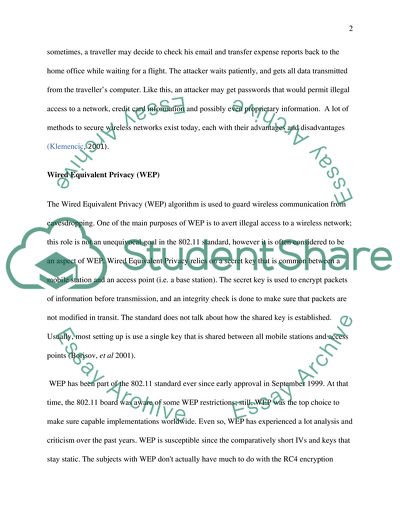Cite this document
(Wireless Security Mechanisms Essay Example | Topics and Well Written Essays - 1500 words, n.d.)
Wireless Security Mechanisms Essay Example | Topics and Well Written Essays - 1500 words. https://studentshare.org/information-technology/1711332-wireless-security-mechanisms
Wireless Security Mechanisms Essay Example | Topics and Well Written Essays - 1500 words. https://studentshare.org/information-technology/1711332-wireless-security-mechanisms
(Wireless Security Mechanisms Essay Example | Topics and Well Written Essays - 1500 Words)
Wireless Security Mechanisms Essay Example | Topics and Well Written Essays - 1500 Words. https://studentshare.org/information-technology/1711332-wireless-security-mechanisms.
Wireless Security Mechanisms Essay Example | Topics and Well Written Essays - 1500 Words. https://studentshare.org/information-technology/1711332-wireless-security-mechanisms.
“Wireless Security Mechanisms Essay Example | Topics and Well Written Essays - 1500 Words”. https://studentshare.org/information-technology/1711332-wireless-security-mechanisms.


